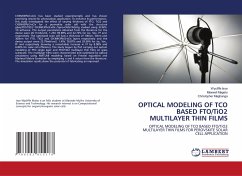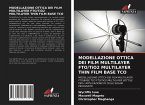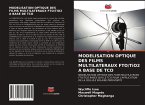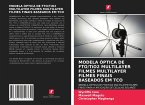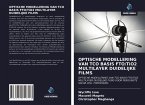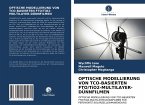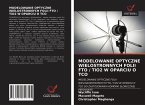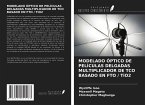CH3NH3PbI3-xClx has been studied experimentally and has shown promising results for photovoltaic application. To enhance its performance, this study investigated the effect of varying thickness of FTO, TiO2 and CH3NH3PbI3-xClx for a perovskite solar cell with the structure glass/FTO/TiO2/ CH3NH3PbI3-xClx /Spiro-OMeTAD/Ag studied using SCAPS-1D software. The output parameters obtained from the literature for the device were 26.11mA/cm2, 1.25V, 69.89% and 22.72% for Jsc, Voc, FF and respectively. The optimized solar cell had a thickness of 100nm, 50nm and 300nm for FTO, TiO2 and CH3NH3PbI3-xClx layers respectively and the device output were 25.79mA/cm2, 1.45V, 78.87% and 29.56% for Jsc, Voc, FF and respectively showing a remarkable increase in FF by 8.98% and 6.84% for solar cell efficiency. The study begun by first carrying out optical modeling of FTO single layer and FTO/TiO2 multilayer thin films on glass substrate. The multilayer films were characterized and optimized by optical simulations using MATLAB modeling based on Fresnel equations and Macleod Matrix formalism by employing n and k values from the literature. The simulation results show the potential of fabricating an improved
Bitte wählen Sie Ihr Anliegen aus.
Rechnungen
Retourenschein anfordern
Bestellstatus
Storno

